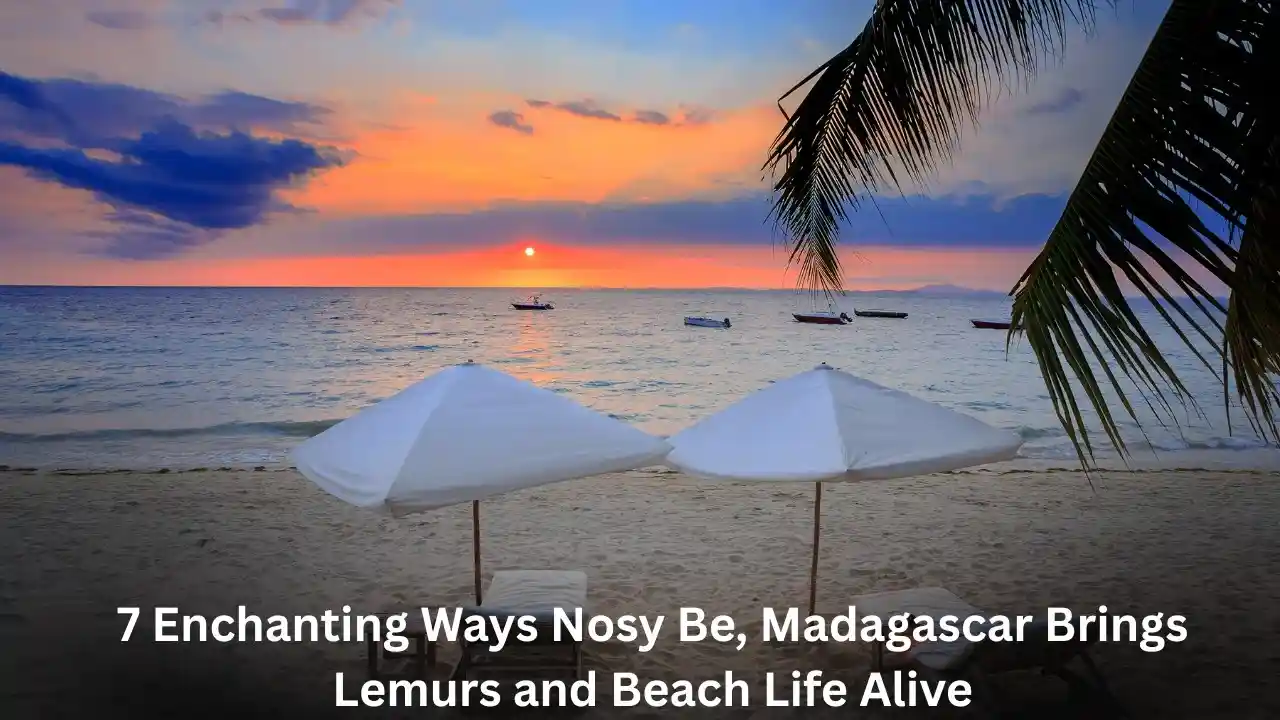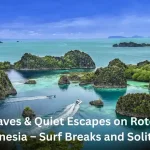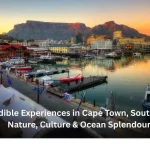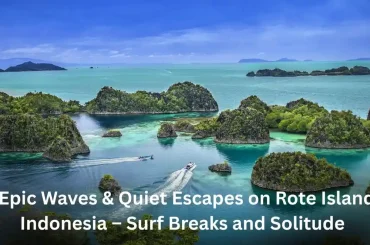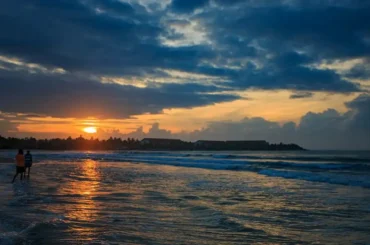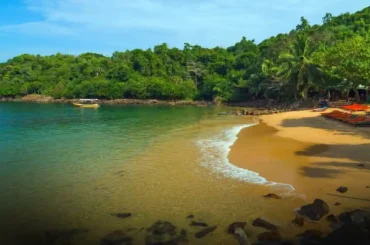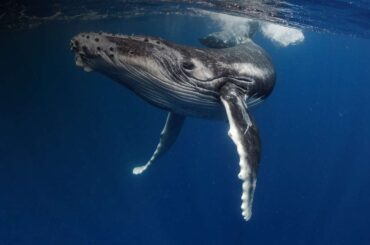Table of Contents
Introduction
Nosy Be, Madagascar – lemurs and beach life is an intoxicating combination of tropical shores, lush forests, and endemic wildlife. Off Madagascar’s northwest coast lies this fragrant, vibrant island known for its ylang-ylang plantations, clear seas, and the chance to see rare black lemurs amid its Lokobe forest. If your dream is to walk on sandy beaches in the morning, snorkel in coral gardens, then trek into forest to meet lemurs by afternoon — Nosy Be, Madagascar – lemurs and beach life delivers that magical balance.
Here’s an immersive guide to how Nosy Be weaves wildlife and coastal calm, and how you can make the most of it.
Why Nosy Be, Madagascar – Lemurs and Beach Life Stands Out
Nosy Be is not just another beach island. It’s part of a small archipelago off Madagascar, and it has a living rainforest core (Lokobe Reserve), vibrant marine life, fragrant plantations, and an island capital (Hell-Ville) full of Malagasy character. madagascar-tourisme.com+2Office Régional du Tourisme de Nosy Be+2
The island’s nickname “Perfumed Island” comes from its aromatic ylang-ylang, vanilla, and spice crops. madagascar-tourisme.com+1 Its beaches are known for gentle, shallow shores that stretch gradually into turquoise waters — ideal for relaxing, swimming, snorkeling. Audley Travel+1
And in Lokobe Reserve, visitors can see endemic species such as the black lemur and other forest dwellers — giving Nosy Be its wild heart. Culture Trip+2current.seabourn.com+2
All these elements make Nosy Be, Madagascar – lemurs and beach life an irresistible combination: sun, sea, and wildlife harmony.
Top 7 Highlights of Nosy Be, Madagascar – Lemurs and Beach Life
1. Walk through Lokobe Reserve & Meet Black Lemurs
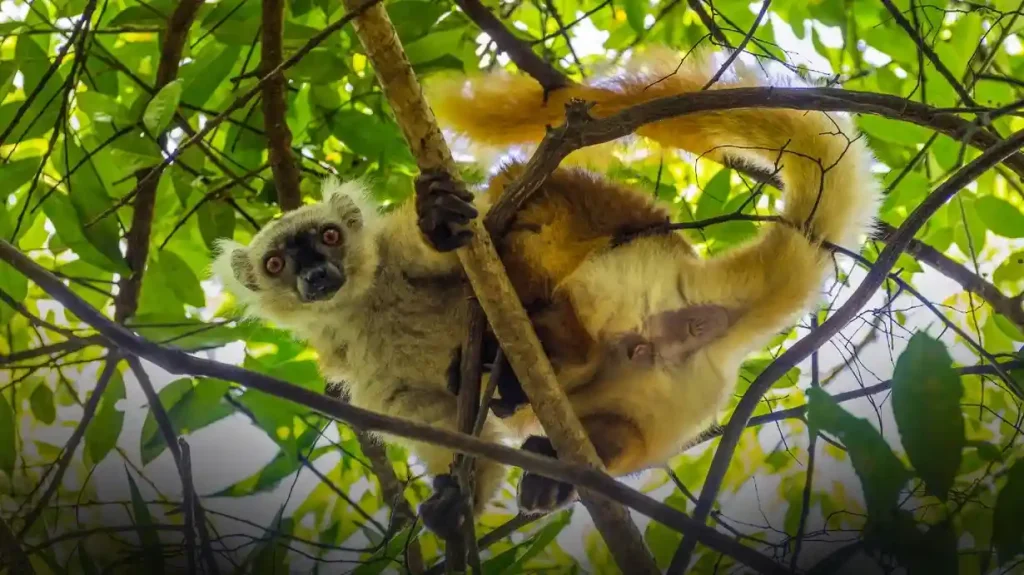
One of the core draws of Nosy Be, Madagascar – lemurs and beach life is Lokobe Nature Reserve, the last remaining primary rainforest on the island’s southeast. Here, with a local guide, you can trek into canopy shade, see chameleons, endemic birds, and yes — black lemurs swinging in the trees. Culture Trip+2current.seabourn.com+2
Because Lokobe is accessible only by boat and trail, the sense of wilderness remains strong. Early morning or late afternoon are the best times to visit.
2. Relax on Pristine Beaches & Island-Hop
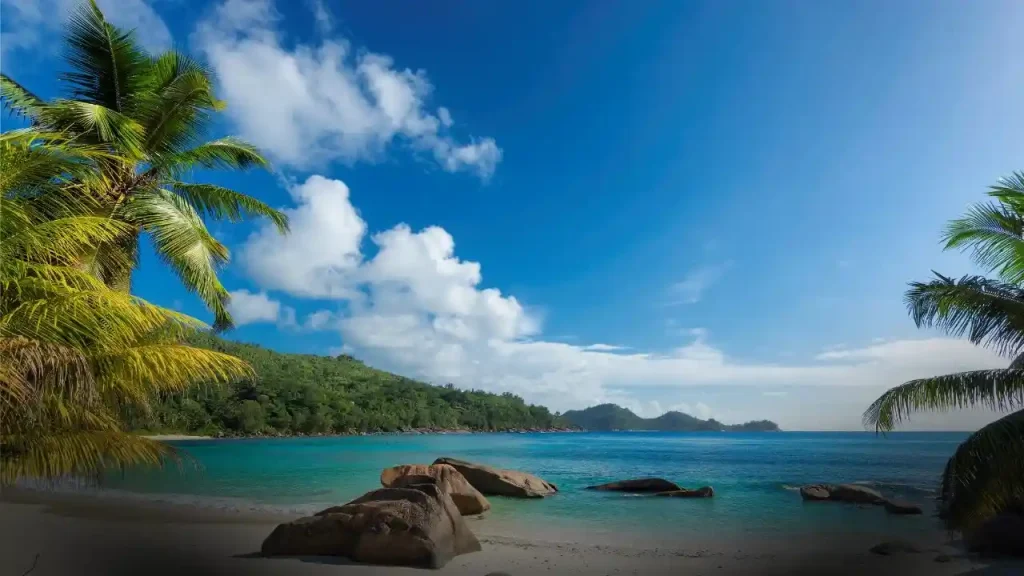
Beach life is another pillar of Nosy Be, Madagascar – lemurs and beach life. The island features wide, gradually shelving beaches ideal for swim and lounging. Audley Travel+2Office Régional du Tourisme de Nosy Be+2
Andilana Beach is among the most popular — white sand, calm sea, beach bars — a perfect place to soak the sun. Rough Guides+2roadtripafrica.com+2
Also, day trips to nearby islands (Nosy Komba, Nosy Tanikely, Nosy Sakatia) let you dive, snorkel, or simply enjoy more secluded shores. wandersmiles.com+3roadtripafrica.com+3Culture Trip+3
- Nosy Komba is known for its black lemur sanctuary. Norwegian Cruise Line+1
- Nosy Tanikely is a marine reserve with excellent diving and coral reefs. Wikipedia+1
3. Dive, Snorkel & Marine Biodiversity
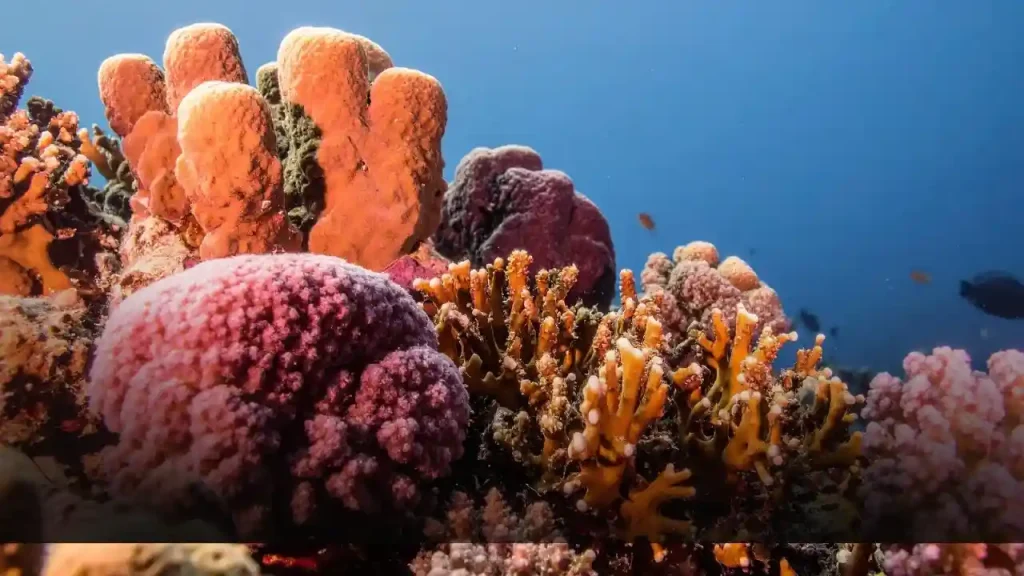
The waters around Nosy Be, Madagascar – lemurs and beach life host rich coral reefs, reef fish, turtles, and sometimes whale sharks. Rhino Africa+2roadtripafrica.com+2
Nosy Tanikely’s marine reserve prohibits fishing in buffer zones, making snorkeling and diving there among the best in the region. Wikipedia
Tours often combine forest hikes and marine exploration — giving you the full mix of lemur and beach life in one trip. wandersmiles.com+1
4. Andilana, Mont Passot & Island Views
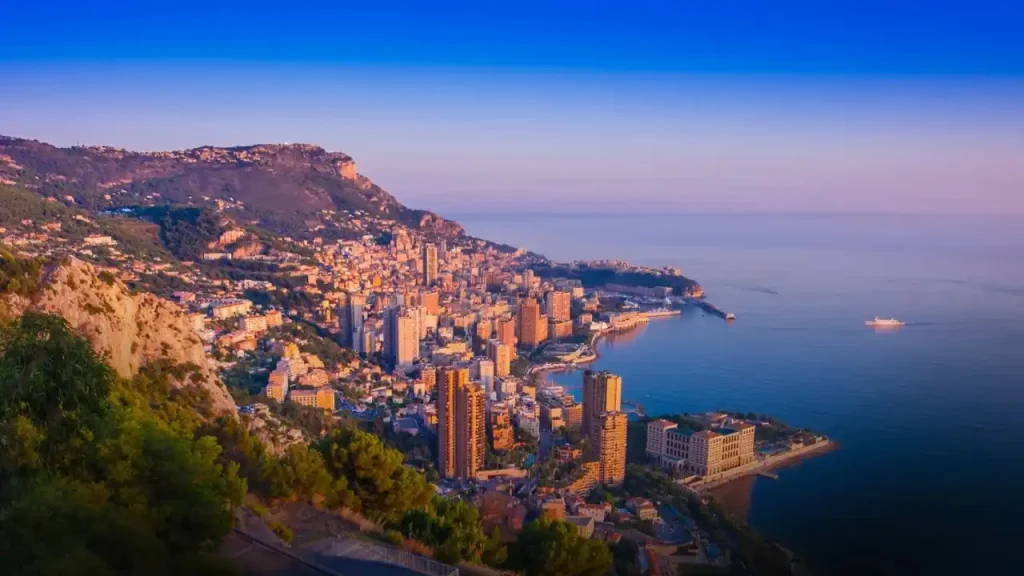
Another highlight is Mont Passot, the highest point on Nosy Be. From its summit, you get sweeping views over the island, crater lakes, and the channel. It’s a superb spot for sunset. wandersmiles.com+3Rough Guides+3roadtripafrica.com+3
You can also visit the island’s many ylang-ylang, vanilla, and spice plantations, which add fragrance and lush green contrast to beach views. madagascar-tourisme.com+2Audley Travel+2
Walking or driving around the coastline gives you hidden coves, view terraces and local scenes of fishing boats, palms and beach huts.
5. Hell-Ville & Local Culture
The island’s capital Hell-Ville (Andoany) is the cultural and logistical hub of Nosy Be, Madagascar – lemurs and beach life. Here you’ll find markets, cafés, colonial architecture, local art shops, ferry docks, and restaurants. Journeys by Design+3Office Régional du Tourisme de Nosy Be+3roadtripafrica.com+3
Walking through Hell-Ville’s boulevards and back alleys gives you daily life, local crafts, and a chance to taste Malagasy cuisine and fresh seafood.
6. Festivals, Events & Seasonal Encounters
Nosy Be hosts the Donia Festival (late May) — a multi-day music and cultural event celebrating Indian Ocean cultures. Rough Guides+1
Between September and December, whale sharks migrate near the region, allowing snorkelers to swim alongside these gentle giants. roadtripafrica.com+1
If your timing is right, you may catch marine life peaks and cultural celebrations that enrich the lemurs and beach life experience.
7. Best Time to Visit & Travel Tips
To fully enjoy Nosy Be, Madagascar – lemurs and beach life, timing is essential.
- Dry season (May to October) offers clear skies, calm seas, good visibility underwater, and easier access to forests. Audley Travel+2Rhino Africa+2
- Whale shark season (Sep–Dec) (sometimes) adds marine drama. roadtripafrica.com+1
Travel tips:
- Use guides for forest walks to safely see wildlife.
- Respect local conservation rules in reserves and marine parks.
- Pack reef shoes, snorkeling gear, insect repellent, good walking shoes.
- Book hotels and transfers in advance in peak months.
- Support local businesses, crafts, and eco initiatives.
Sample Itinerary for Nosy Be, Madagascar – Lemurs and Beach Life
Here’s a sample itinerary over 5–7 days weaving wildlife and beach time:
- Day 1: Arrive in Nosy Be; settle in Hell-Ville; explore markets and local life.
- Day 2: Boat to Lokobe, verdant forest trek, see lemurs and forest species.
- Day 3: Snorkel or dive Nosy Tanikely; relax beaches.
- Day 4: Beach day at Andilana; visit spice/ylang-ylang plantation.
- Day 5: Mont Passot hike for views; sunset panorama.
- Day 6: Island trip to Nosy Komba for more lemurs, local village, crafts.
- Day 7: Leisure, swim, ferry out or onward journey.
This gives flexibility, wildlife, underwater, and beach balance.
FAQ
What is the best time to visit Nosy Be, Madagascar – lemurs and beach life?
The ideal time is in the dry season (May to October), when skies are clearer, seas calmer, forests more accessible, and visibility for snorkeling/diving is excellent. Whale shark sightings can peak September–December, adding to marine allure.
Which places are best to see lemurs and combine with beach time in Nosy Be, Madagascar – lemurs and beach life?l
Lokobe Reserve is the top place on Nosy Be to see black lemurs and forest wildlife in a protected environment. Also, Nosy Komba (nearby island) hosts lemur sanctuaries. Combining these with beach days at Andilana, Tanikely, and other islands gives the best mix of lemurs and coastal calm.
How many days do I need to experience Nosy Be, Madagascar – lemurs and beach life?
To truly soak in the blend of forest and beach, 5 to 7 days is ideal. That allows time for forest walks, snorkel/diving, island hopping, beach rest, and cultural immersion. Shorter trips of 3-4 days can cover the highlights but feel rushed.
If you find more Island Escapes https://nalyxo.com/category/island-escapes/


